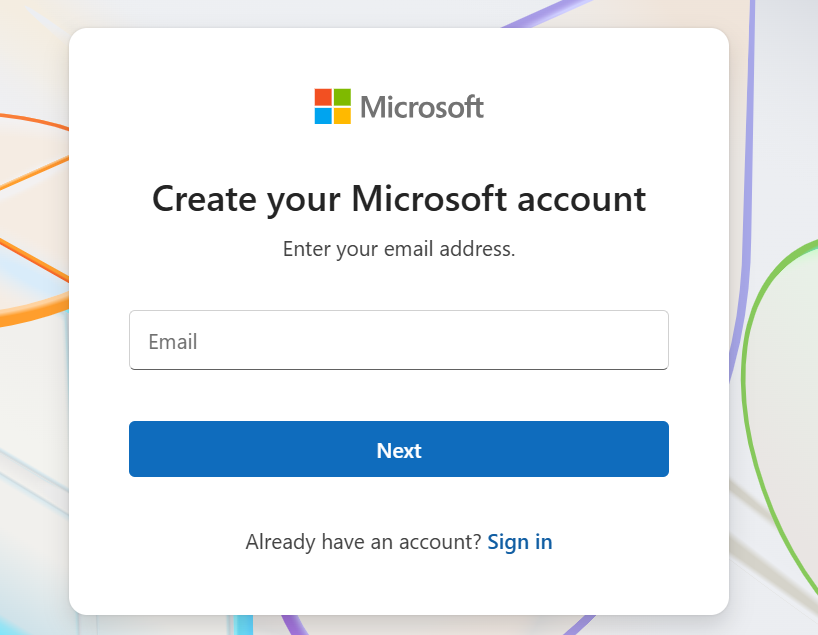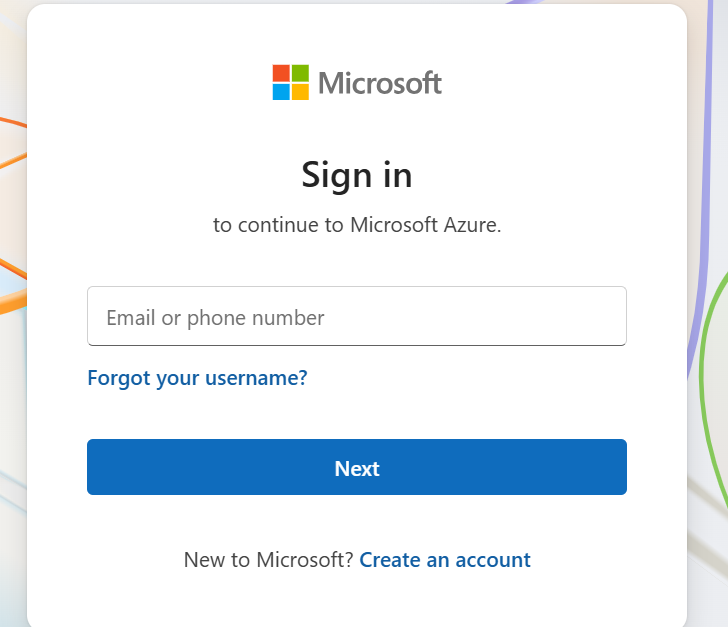Have you ever tried to juggle multiple cloud services, applications, and user roles—only to find yourself switching between interfaces, tools, and dashboards? It’s easy to feel overwhelmed. What if there was one place to manage everything, from spinning up virtual machines to monitoring real-time billing data? That’s where Azure Portal Azure Portal steps in.
Designed as a centralized hub for all your cloud operations, Azure Portal isn’t just a dashboard—it’s a customizable, collaborative, and intelligent interface that adapts to your workflow. Whether you’re a developer, IT admin, or enterprise architect, the Azure Portal can bring clarity and control to your cloud operations.
What Is Azure Portal Azure Portal and Why It Matters
At its core, Azure Portal Azure Portal is a web-based console provided by Microsoft that allows you to build, manage, and monitor your Azure resources through a single unified interface. It brings all services—from databases and web apps to AI services and virtual networks—into one cohesive platform.
Rather than working across fragmented environments, the Azure Portal gives you:
-
Centralized visibility
-
Integrated tools like Cloud Shell
-
Role-based access control
-
Billing and usage analytics
-
Customization for team-specific dashboards
This unified approach eliminates guesswork, accelerates deployment, and enables smarter cloud management.
Manage Everything in One Place
Once you’re signed in to the Azure Portal, you gain instant access to a complete view of your environment. From there, you can:
-
Spin up web apps, databases, virtual machines, and storage accounts.
-
Connect and manage your Visual Studio team projects.
-
Monitor performance with built-in diagnostic tools.
-
Leverage templates and scripts for repeatable deployments.
The Azure Mobile App extends this power to your pocket, enabling resource management from anywhere.
Whether you’re managing a few test apps or hundreds of production workloads, the Azure Portal Azure Portal experience scales with you.
Customize Your Cloud Workspace
One of the most underrated features of Azure Portal Azure Portal is its flexibility. You’re not locked into a static interface. Instead, the portal adapts to you.
Key Customization Features:
-
Pin resources to your dashboard: Prioritize what matters most.
-
Resize and reposition tiles: Adjust views to show more or less detail.
-
Create team-specific dashboards: Enable personalized views for devs, ops, and finance.
This personalization helps cut through noise and focuses attention on what truly matters—making it easier to track deployments, monitor health, and manage apps more efficiently.
Fine-Grained Access With Role-Based Controls
When multiple teams interact with the same cloud environment, control and security become critical. Azure Portal offers Role-Based Access Control (RBAC) so you can define exactly who can do what.
You can assign access at various scopes:
-
Subscription level
-
Resource group level
-
Individual resource level
This ensures developers can access what they need without affecting infrastructure or billing. Likewise, finance teams can view costs without touching deployments. It’s cloud governance made simple.
Build Powerful Solutions With 3,000+ Services
The portal connects you to over 3,000 services from Microsoft and trusted partners. You can discover and deploy everything from open-source apps to full-stack solutions with just a few clicks.
Notable Features:
-
Preconfigured VM images and templates
-
Open-source frameworks and app stacks
-
Single or multi-VM deployments
-
Manual or auto-scaling based on demand
All of this happens from within Azure Portal Azure Portal—no need for external tools or manual intervention. That’s the magic of deep integration.
Avoid Cost Surprises With Smart Billing Insights
Cloud costs can spiral quickly if you’re not watching closely. Azure Portal makes billing visible, transparent, and predictive.
Features include:
-
Real-time usage monitoring
-
Forecasted billing estimates
-
Cross-resource cost analysis
-
Alerts for spending thresholds
These tools help teams stay within budget while scaling workloads responsibly. You get a single bill that details all services, so there are no hidden fees or unexpected surprises.
Get Help Right When You Need It
Sometimes, issues come up—whether from alert notifications, failed deployments, or performance anomalies. Azure Portal includes integrated support so you can troubleshoot and resolve problems fast.
Support Options:
-
Access documentation, forums, and how-to videos
-
Submit tickets for technical help directly within the portal
-
Use audit logs and event tracking to diagnose issues
-
Provide product feedback straight to the Azure team
Microsoft backs Azure with enterprise-grade support, giving your team confidence in managing even the most complex workloads.
Get Started With Azure Portal Azure Portal
If you’re new to Azure, getting started is straightforward:
-
Sign up or create a Microsoft account.

-
Log in to the Azure Portal.

-
Use the guided video tutorials or dive into your first deployment.
-
Access all your services and support tools from a single login.
Whether you’re building your first app or managing enterprise-scale infrastructure, Azure Portal Azure Portal helps you move fast without sacrificing visibility or control.
4 Tips for Getting the Most Out of Azure Portal Azure Portal
1. Use Tags for Better Organization
Apply tags to resources to streamline cost tracking, organization, and policy management.
2. Automate With Resource Templates
Use ARM templates or Bicep to deploy resources consistently and reliably.
3. Integrate With Cloud Shell
Use the built-in Cloud Shell for scripting and CLI tasks without leaving the portal.
4. Set Up Alerts and Monitoring
Enable Azure Monitor and configure alerts to stay ahead of issues.
Conclusion
Azure Portal Azure Portal isn’t just a management console—it’s the central nervous system of your Azure cloud experience. From provisioning to pricing, customization to control, the portal is designed to empower users at every level to do more, faster and smarter.
If you’re not using the Azure Portal to its full potential, now’s the time to dive in. Whether you’re managing a solo project or an enterprise-scale system, this tool can dramatically improve how you build, monitor, and scale in the cloud.




